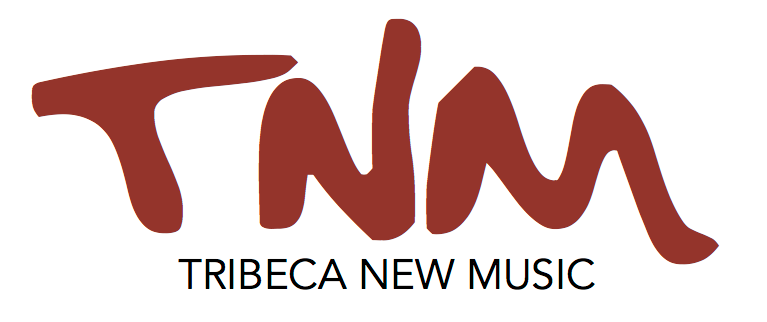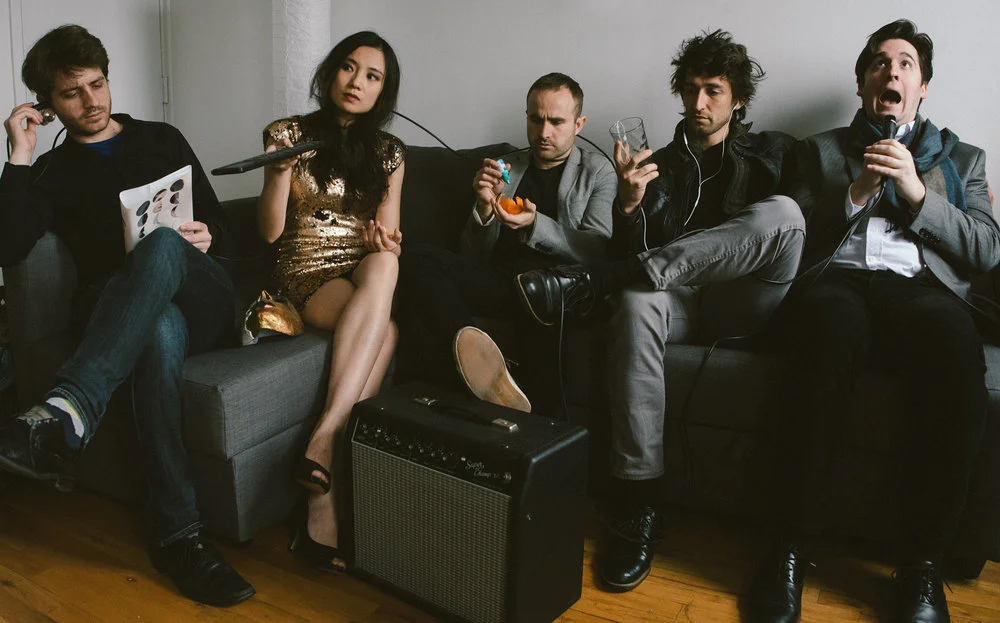Invisible Anatomy: ILLUMINATION
Three Shows: Thursday, Feb 28 at 8pm; Friday, March 1 at 6:30pm and 9pm
Written and performed by Invisible Anatomy: Ian Gottlieb, Paul Kerekes,
Brendon Randall-Myers, Ben Wallace, Fay Kueen Wang
Directed by Michael McQuilken
Tribeca New Music is pleased to present the cutting-edge new performance ensemble Invisible Anatomy as they premiere five new works written for the 2019 Festival. This groundbreaking troupe composes original works designed to be staged and performed theatrically in a unique physical space, Nancy Manocherian’s - The Cell, in NYC.
ILLUMINATION weaves together new music by each of Invisible Anatomy’s five composer-performers into an evening-length, conceptually unified piece drawing on classical, pop, jazz, and experimental rock, with video, lighting, and theatrical elements by theater artist Michael McQuilken. The show explores the practical, aesthetic, and ideological applications of light—our primary means of orienting ourselves and conveying information—as a way to examine conflicting viewpoints, the limits of language and communication, and moments when perceptual information does not match up with our expectations and understanding.
Brendon Randall-Myers’ Gaslight sets fragments of text from Galileo’s Inquisition sentencing, the Kavanaugh confirmation hearings, and our current president’s responses to the fourth National Climate Assessment. Dramatizing the collision of realities through rapid stylistic jumpcuts and superimpositions of different tuning systems, the piece examines the mechanisms we use to discern truth, and the means by which one person’s reality is imposed on another’s.
Ian Gottlieb’s cosmically bombastic A New Light reflects light’s fickleness in showing truth—factors such as distance, intensity, and amount of light can completely alter what we see. The musical structure is cyclic; prerecorded audio describing how the perceived color and size of a light source changes with distance and motion is followed by waves of cascading figures that alter with each repetition, as if our distance from a light source is changing. We continue to hear the same music, but each time it always feels different, being heard literally and figuratively in a new light.
Paul Kerekes’ new work will create a whimsical portrait of the constellation Virgo, inspired by the fantastical creatures and images that sailors and star chart-makers imposed on the night sky to remember how the stars related and orient themselves at sea. Casting each of Virgo’s four brightest stars as a different musical personality, his piece is an eclectic set of expressive, gestural miniatures with quick shifts in between, as if suddenly tuning a radio to a different station.
Bem Wallace’s Syzygy, an absurdist setting of technical and philosophical texts on a bed of jazz, pop, and minimalist influences, is inspired by the astronomical phenomenon in which three or more celestial bodies align themselves in a straight line. These alignments are fairly common when dealing with small numbers of bodies (i.e., an eclipse), but are increasingly rare the more bodies are involved. Likewise, among close-knit friends it’s common for everyone to accept the same reality, but attempting to get hundreds, thousands, even millions of people on the same page is an astronomically difficult task.
Fay Wang’s Eclipse is a surreal, multilayered monodrama that depicts a total eclipse, drawing on electronic rock, lush expressionism, skeletal modernism, and torch song. Both text and music drift between associations—an eclipse’s contradictory nature as a rare, spectacular event interpreted by many cultures as a portent of disaster, the physical facts of celestial motion that create the phenomenon, and Wang’s own memories of black shrouds at a funeral and a vivid nightmare she had during a recent eclipse.

